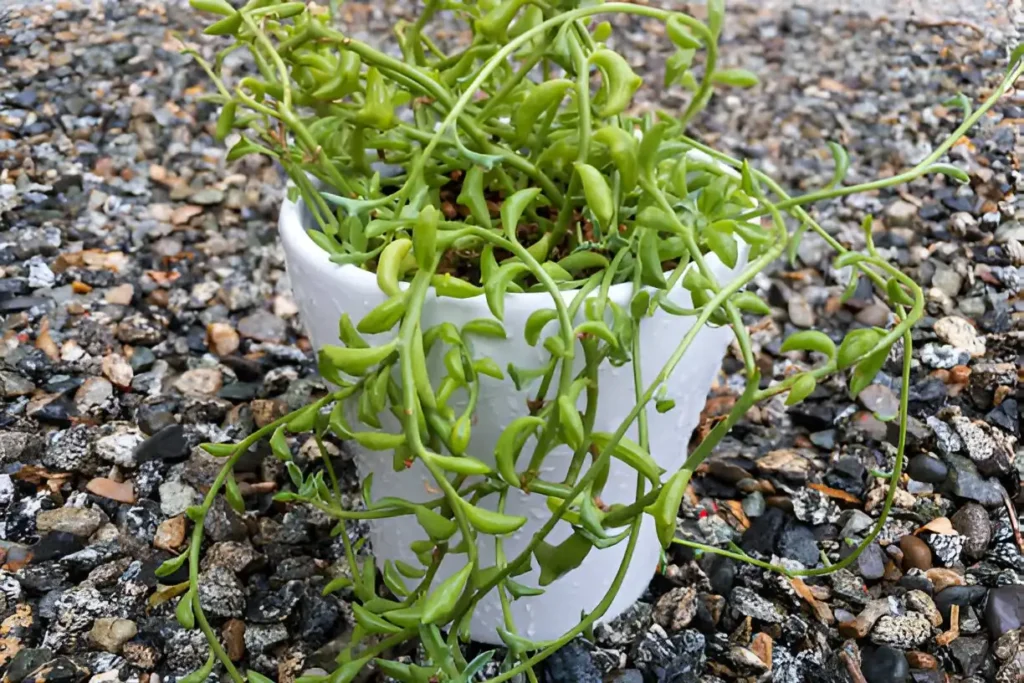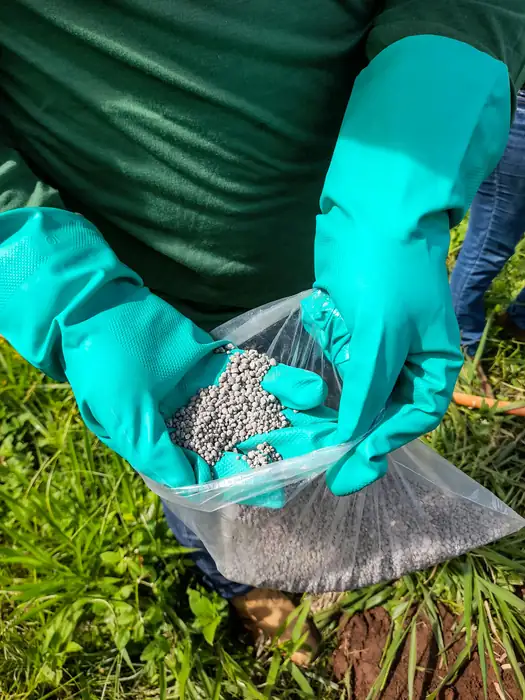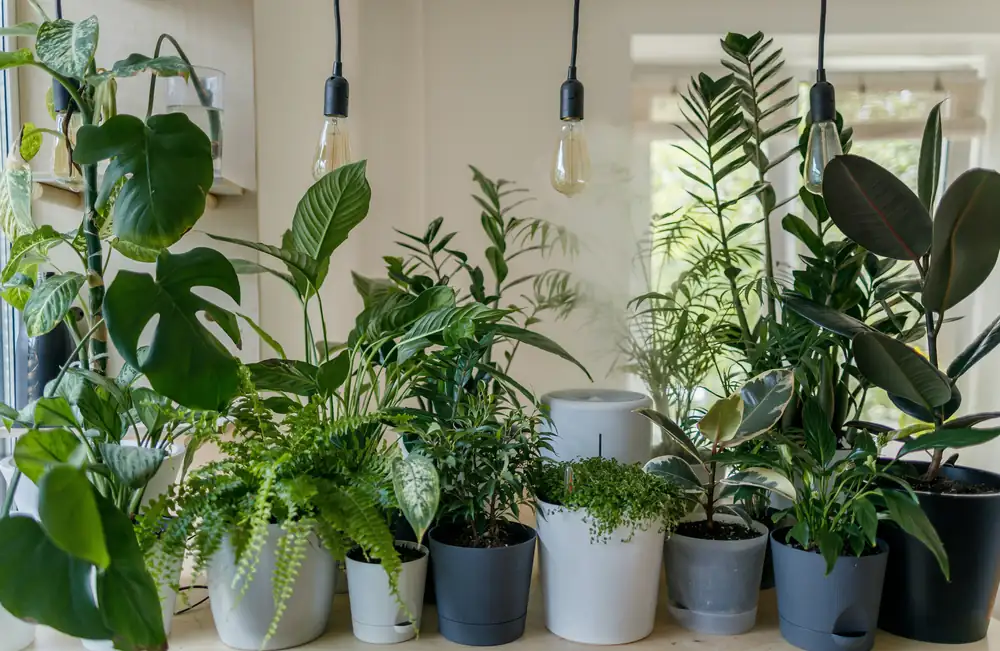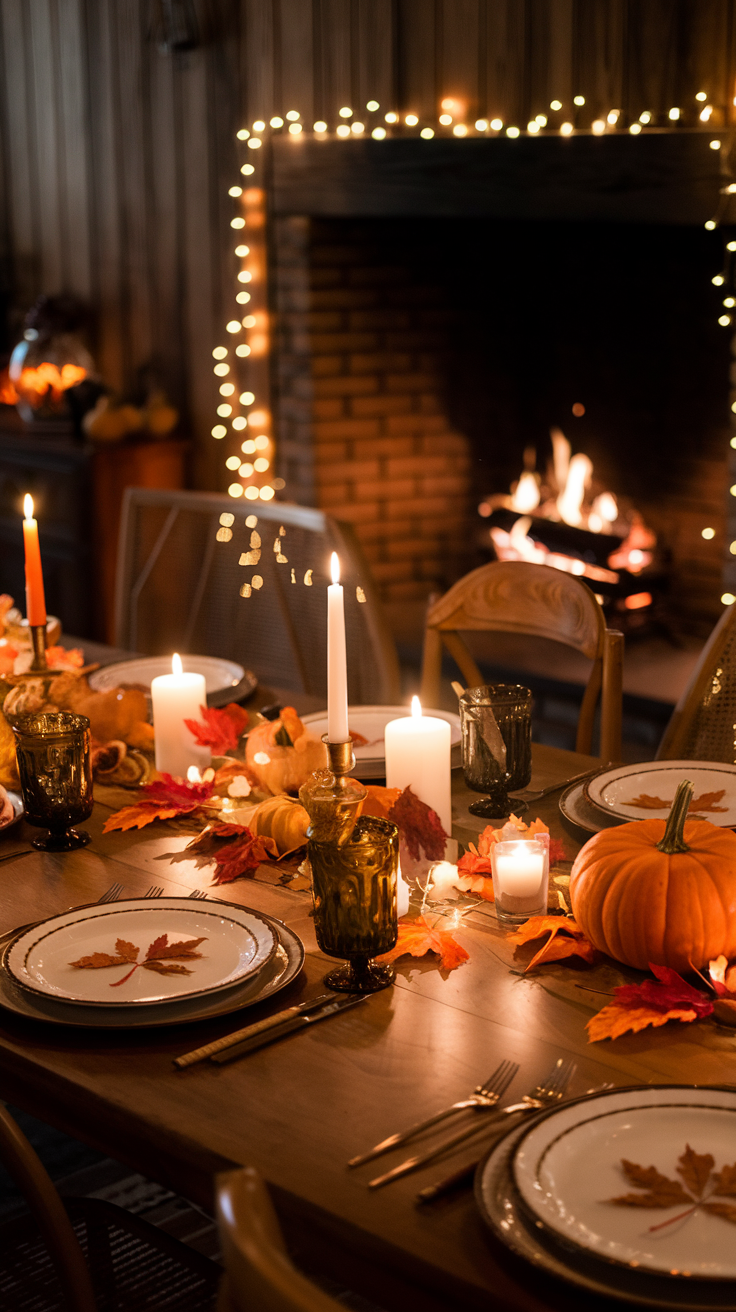Three Tips for Healthy House plants For Beginners
So, you’ve decided to become a plant parent. You’ve heard all about the benefits of having a touch of nature in your home, cleaner air, reduced physiological and psychological stress, and that unmistakable sense of pride that comes with nurturing a living thing. You walk into a plant nursery, and everything looks so vibrant and lush. You pick out a few beautiful house plants, confident that they’ll thrive under your care. You take them home, even give them names (because talking to your plants helps, right?), and place them in prime spots around your house. You’re ready to become a botanical wizard. But it doesn’t take long before reality hits, you realize that keeping houseplants alive is harder than it looks and you have to learn to cope with loss as plants seem to give up on life as soon as they enter your home.
A week goes by, and you notice one of the leaves turning yellow. “No biggie,” you think, “it’s probably just adjusting.” But then more leaves start to follow suit and panic sets in. You furiously Google, “Why is my plant turning yellow?”
In a desperate bid to save your leafy friend, you try everything. You move it to different spots, change its watering schedule, and even buy expensive plant food that promises miracles. You start to feel like a mad scientist.
Despite your best efforts, your plant continues to deteriorate. You begin to suspect it’s doing this on purpose. “Why won’t you grow?” you mutter. You even start to think that maybe, just maybe, your plant has a personal vendetta against you, because why would they rather live on a crack on the sidewalk where they get stomped on than to stay alive in your house?
If this sounds anything like you, you’re in the right place as here are five important steps you can take to keep your leafy friends alive, healthy and thriving.
Tip #1: Choose Wisely
If you’re a first time plant parent or someone with a busy schedule, it’s best to start off with hardy plants like snake plants, pothos Ivy, or ZZ plants. They’re like the Chuck Norris of house plants—tough and hard to kill. The pothos plant is my personal favorite, its trails are long, it’s air purifying, it’s a lot more forgiving than most plants (nicknamed Devil Ivy as a result of its almost indestructible nature), which makes it perfect for beginners, and lastly, it makes for a gorgeous wall, window, even bookshelf decor. Pothos plants are of the Araceae family, native to various islands of the pacific. One thing to note though is while they have the benefit of removing pollutants from the air, these plants can be poisonous to pets and kids. So if you have pets or young kids, just make sure to keep them out of their reach.
Other plants that are beginner friendly as well as make a beautiful home decor are Philodendron, Peperomia, the Monstera, and the string series trailing succulents, string of hearts, string of raindrops, string of turtles, and string of dolphins just to name a few. They are relatively low maintenance, needing to be watered every 10-12 days, and requiring minimal amount of sunlight.

Tip #2: You love to bask in the sun? So does your plant.
Plants are naturally meant to grow outside the home, not indoor. So keeping a plant at home is actually taking it away from its natural habitat. That being said, taking your houseplants outside, especially during the summer months can contribute enormously to their health and help them to thrive.
Here’s why you should consider giving your houseplants a summer vacation outdoors:
Natural sunlight is one of the best resources for plants. While indoor light is often sufficient, the full spectrum of natural sunlight can significantly boost photosynthesis, leading to stronger and more vigorous growth. Your plants will develop richer foliage, more vibrant colors, and, in some cases, may even flower more profusely. Also, Rain showers can act as a natural cleanser for your plants, washing away dust and grime that accumulate on their leaves. Clean leaves are more efficient at photosynthesis, which enhances the plant’s overall health.

Additionally, the outdoor humidity levels in summer are usually higher than indoor levels, especially if you use air conditioning. Many houseplants, especially tropical varieties, thrive in higher humidity. And so, being outside can help them absorb moisture more effectively, reducing the likelihood of issues like leaf browning and dehydration. So if you have an outdoor space in your home, do your houseplants a favor and give them a taste of the great outdoors. But take note to put them in the shade so they are not scorched by direct sunlight, and check to make sure there are no bugs or pests on the plants when you bring them in.
Tip #3: Incorporating Perlite into the soil of your houseplant.
Perlite is an additive to plant soil that can be very beneficial for your houseplants. Perlite, also known as “Volcanic Popcorn” is a lightweight, white, volcanic glass that is often mixed into potting soils to enhance plant health. It is made by heating volcanic glass to about 1000 degrees celsius until it expands and pops. When mixed in the soil, it creates air pockets in the soil which keeps it aerated and promotes good air circulation. This in turn helps improve soil drainage which is beneficial to soil health, as a soggy soil would cause plant roots to rot.

Perlite is very lightweight, which makes it an excellent addition to potting mixes for houseplants. Over time, soil can become compacted, especially in potted plants where the soil doesn’t get turned over or aerated naturally. Compacted soil can suffocate roots and reduce water absorption. Perlite helps keep the soil loose and friable, ensuring that water and nutrients can reach the plant roots effectively. Perlite can be mixed with soil in a 1:4 ratio before planting to ensure an even mix. Another material that performs similar function is vermiculite, a hydrous phyllosilicate mineral which also expands when heated.
Bonus Tip
Note that each plant has specific needs. Some like bright light, some prefer shade. Overwatering is a common killer. Let the soil dry out between waterings for most house plants.
Sometimes, the culprit is an infestation of tiny bugs. Check under leaves and in the soil for any unwelcome guests, and treat accordingly with natural remedies or insecticidal soap.
Every plant parent makes mistakes. Learn from them and try again. Gardening is a journey, not a destination. Remember, the goal is to enjoy the process. Watching your plants grow and flourish is incredibly rewarding. Don’t stress too much—plants are more resilient than you think.
So, to all the plant parents out there, keep nurturing those greens. With a bit of knowledge, patience, and a good sense of humor, you’ll soon have a thriving indoor jungle. Happy planting!



One Response